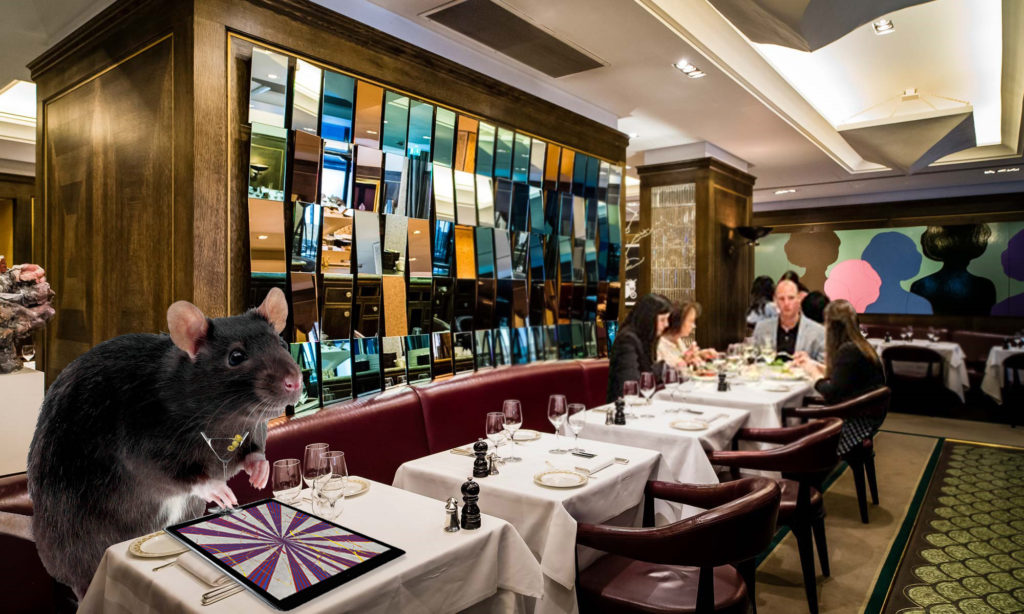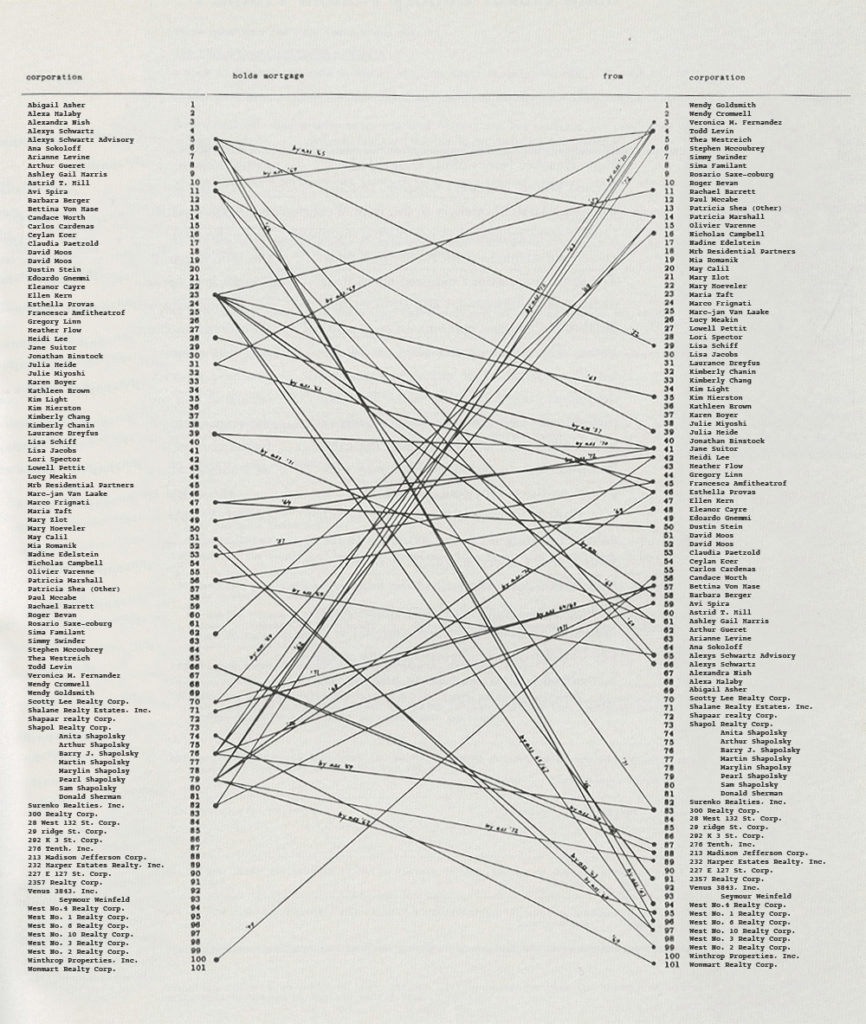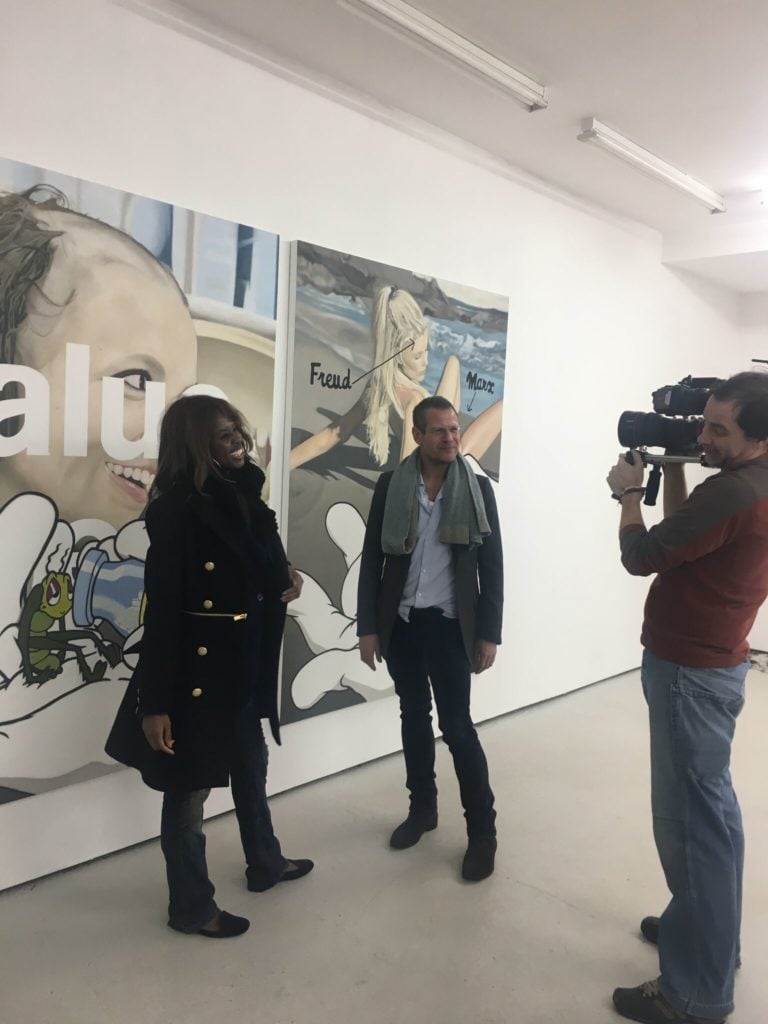Art World
Kenny Schachter Says It’s the End of the World and Everybody Wants Classic Contemporary
The market has become a comedy of access.

The market has become a comedy of access.

Kenny Schachter

The Unquenchable Appetite for Classic Contemporary
I’ve never lived through such a tumultuous period, one that compels us to tune into the news 24/7 to stay abreast of the rapidly changing global condition; the USA is giving the Middle East a run for its money; now every taxi driver is engaged in a life or death debate, every ride. We should all immediately invest in CNN, which is owned by the Turner Broadcasting System division of Time Warner Cable Spectrum (TWC) (formerly Time Warner Cable) and was purchased by Charter Communications (CHTR on NASDAQ) in 2016. And for that matter, add The New York Times Company (NYT ticker symbol on the New York Stock Exchange) to the portfolio too. They’ve already clocked over a quarter million more digital subscribers since the new presidency.
You see, Donald Trump has got beef with the New York Times, which he maligns each day. Coincidentally, the Mexican investor/entrepreneur Carlos Slim, who was at one point the richest person in the world (he’s dropped off to about 7th) with an indisputable (unlike the President’s) wealth of $50 billion and the requisite private museum to boot, owned in excess of 17 percent of the paper but has been reported to be shedding shares of late. Trump’s antipathy towards the Times is exceeded only by his chest-thumping, wall-building ill will towards Mexicans.
Because of all this, or in spite of it, January may have been the busiest month to date for the art market monster: I can not begin to express the unquenchable appetite for classic contemporary works I have just witnessed. Granted we may be in the midst of a paradigm shifting schism for civilization as we know it (i.e. the end of the world), but it looks like we will go down buying rather than trying (to salvage it). The likes of the Marks—Bradford and Grotjahn, Christopher Wool, Rudolf Stingel, Bruce Nauman, Mike Kelley, Donald Judd, and David Hockney—are all on fire (not unlike my house a short while ago), experiencing meteoric surges in demand. Misogynistic (on the record) Georg Baselitz would be happy to see the lack of female representation on the list, but I am just your humble reporter, reporting.
Thaddaeus Ropac has just publicly called for an industry wide blacklist for spec-u-lectors caught with their pants down mid-flip. I understand his distress, but he still sounds like Brit socialist leader Jeremy Corbyn, who has called for capping salaries in the private sector, whereby the remuneration of the highest paid is pegged to the earnings of the lowest! After discussing with a famous dealer-gallerist, he said he’d already figured an angle, should the socialists come to wield power, he’ll pay the doorman a couple of hundred thousand pounds. Inevitably, lists end up being political, and, besides, there are ways around any embargo, which for an art dealer amounts to a challenge.

Collage by Kenny Schachter adapting Hans Haacke’s Shapolsky et al. Manhattan Real Estate Holdings, A Real Time Social System, as of May 1, 1971. Image courtesy of Kenny Schachter. Click on image to enlarge.
Mark Grotjahn may very well be the most speculated artist in history, if not sales-wise, than at least through the sheer number of conversations generated about him. If you want to try your luck at selling one of his works, you can’t simply get a hold of a jpeg; it must be done strictly in person due to the high stakes and states of mistrust and wariness. If anything, I’m paranoid about not being paranoid enough. Having no digital record reinvigorates the senses of perception and visual acuity; getting stuck remembering and describing things verbally and through the written word (aka text) may be a good thing after all.
I love my business associates because they’d never resort to stabbing you in the back, preferring instead to choose a more convenient entry point, like the heart. Then you go on holiday together; what choice have you? To be successful selling art, it helps to be a cold-blooded mercenary with little or no feelings. Assume someone is trying to screw you as the default position. Why? Because they can and often are. I smell a rat. No, really, my house is infested—they are doing construction next door. You just resign yourself and coexist, like the world should do. In the UK, some folks wear shorts on a frigid winter day, not from mere stupidity (that too) but to display their iron constitution—such a mentality could come of use in the art world—skin thick, numb, and impenetrable. There are easier ways to make money than in art, but few are as fun.
The Art World is Ripe for Hans Haacke’s Radical Conceptualism
Did you hear the one about the dealer who worked for a dealer who set up a company to double deal and proceeded to close a series of transactions on his employers’ dime but failed to inform or cut him in on the proceeds, thereby breaching a contract? The rogue trader effectuated his sales through a series of advisors—so many links in a chain that it could reach across the Atlantic. There should be a flow chart systematically laying bare the cesspool of advisors feeding off each other like fish suckling off a whale. Hans Haacke’s radical conceptual work Shapolsky et al. Manhattan Real Estate Holdings, A Real Time Social System, as of May 1, 1971 which, meant for a solo show at the Guggenheim in the early 1970s, exposed the interconnectedness of Gugg trustees and likened them to worms under a rock. The piece was unsurprisingly disallowed from the exhibit. Some things never change.

Kenny Schachter with TV presenter June Sarpong OBE and painter Yoan Mudry at Union Pacific Gallery, London. Image courtesy of Kenny Schachter
My friend, the hedge fund “collector” (I daren’t disclose him to Thaddaeus), whose firm keeps a white shoe pit bull of a law firm on retainer, was legally threatened by a dealer for flouting a restrictive resale covenant by selling a painting and sued by an advisor for reneging on a pair of drawings. I am of two minds. Buying subject to what would be better described as a non-resale agreement, you are willfully acquiescing to emasculation—for free.
I did the legal research on these now standard agreements when Andrea Rosen first introduced them in 1994, quickly followed by Matthew Marks. They were as unenforceable then as they are now. The advisor failed by stating all of the paintings (by Jonas Wood, oops did I say that?) were presold to institutions, which happened not to be the case, he just didn’t rate access. There is something to be said for keeping lawyers on tap and using recorded trading lines to speak with teams of advisors akin to market running jpeg jockeys—checks and balances. Trump would benefit from some.
The art market is largely about access, and it borders on comic how far some will go to attain it. I was barraged for months by the emissary of “Prince Blah Blah of Blah, India.” (I did it again.) This Royal representative from a jurisdiction with no imperial envoy tried to wow me with the breadth of his 11-strong collection. I’m not a snob, but I don’t refer to myself as the crown prince of Long Island or Medici either. I got four calls from his assistant that he was running late for a meeting (I’m a writer, I need a story), which were probably from the Prince himself. The aid previously related the “beautiful” (difficult) Mark Bradford and Glenn Ligon paintings they recently acquired and how they added to the family’s collection. I won’t even get into the alleged Chinese princess who just made contact.
Beyond peddling in the here and now, I also handle Impressionism and modernism. I was working on a cliché of a masterpiece, viewed at a renowned storage facility in London that was worse than my temporary post-fire digs (which aren’t very pleasant unless you have a thing for plywood floors) and replete with a freely circulating hotdog dog. Worse than the pooch was the condition report, a first in my decades in the business: “It appears that the volatile solvents in the adhesive have been trapped by the backboard. The solvents include Toluene, which is known to be carcinogenic, and the painting should be allowed to off-gas completely at some stage.” I’ve heard of toxic artists and killer art but a poisonous painting? Works to be sold with a warning like a pack of Marlboros? I know a few gallerists who would benefit from some off-gassing.
A few random tidbits. After testing my insurance policies (half the house burning down presented a golden opportunity), I thought I’d get some competitive comparable prices in the marketplace. Setting off one broker against another, I made the revelation that fees can stretch as high as 35 percent! Have you ever checked? Bringing that to the attention of my existing agent proved effective in whacking down their commissions in-line. Insurance companies are worse than usurious auction houses and the run-of-the-mill art advisor; in fact, insurance brokers would make great art dealers. I was working on an auction house guarantee, and they offered me a holiday, which I thought was a generous gesture; suntan lotion and an oversized beach towel came to mind. But it refers to a deal where you get 100 percent of the overage above a guarantee until an agreed upon level, before the split with the house kicks in.
My Segment on Sky TV’s Upcoming Art Show
I agreed to do a short filmed segment on an art writer for Sky TV’s upcoming Art Show, featuring artists Yinka Shonibare, John Currin, Mickalene Thomas, Rashid Johnson, Bharti Kher, Zhang Huan, Ryan Gander, and Charming Baker. I turned down the fire department documentary on the under-appreciated heroics of the department (after they rescued me from my kid) but caved in to Sky. I can write it off to gathering fodder for articles. And, with a non-listening wife and four kids, I seize most opportunities to speak to a captive audience; no need to pose questions, nobody listens on the home front except for my pug, Gremlin (what choice has she?).
The premise of the show was that I’d persuade (or die trying) the presenter to appreciate and perhaps even buy a piece in the process. The double edge of the sword was convincing cast and crew to appreciate the underlying thing in itself, simultaneously dissuading them to view the object as investment alone. Art is a life, not a gambling chip (though it’s that too, and more). I hope they liked the message as much as the mediums.
The 7 a.m. filming schedule, launching at the Royal Academy’s Premiums: Interim Projects 2017, a student mid-term showing, was less than inspiring (the timing as much as the works); I’m no beauty, but you’d need dry ice to get the swelling down beneath my eyes alone. Rather than a car and coffee, I’d prefer makeup and crack, which might have done the trick. A painter in the show, I was forewarned she was difficult, has already shafted one gallery since being poached by another and blown off a prepaid commission, all while still a student. Wow, do they teach that in school now? I should apply for a professorship.
Trump is like going back to black-and-white television. I should drum up a class action suit for escalating electric bills and loss of consortium with my family, from CNN-ing. The whole enterprise is a feather in the cap of anti-intellectualism, like the world ate from a vast vat of ice cream and suffered a collective brain freeze. Frankly, I’m embarrassed, and not just from the fact that buying a house in New Zealand has become code for obtaining “apocalypse insurance.”
Should it all go down (the toilet), we’ve had a decent run, haven’t we? And the US is busy sending signals to everyone, but of what? Of their belligerence, divisiveness, and hostility. Nevertheless, art will lead us forward as an agent of change and repose. As the global population reaches boiling, I’m determined to be nice—if it kills me—and will need to rely on the ameliorative characteristics of art, more than ever, to make it possible.